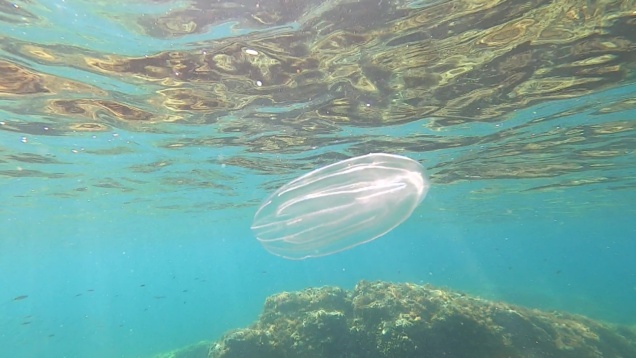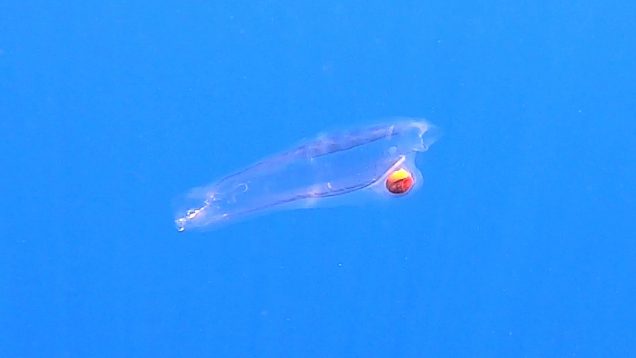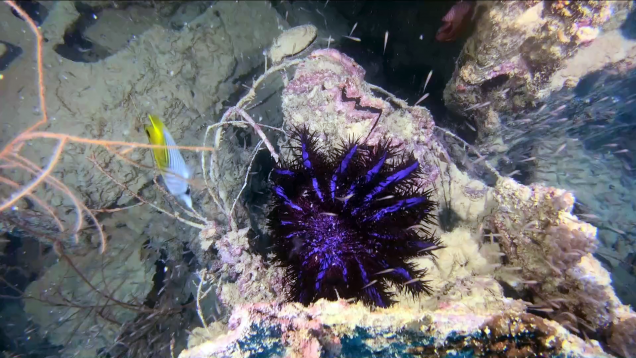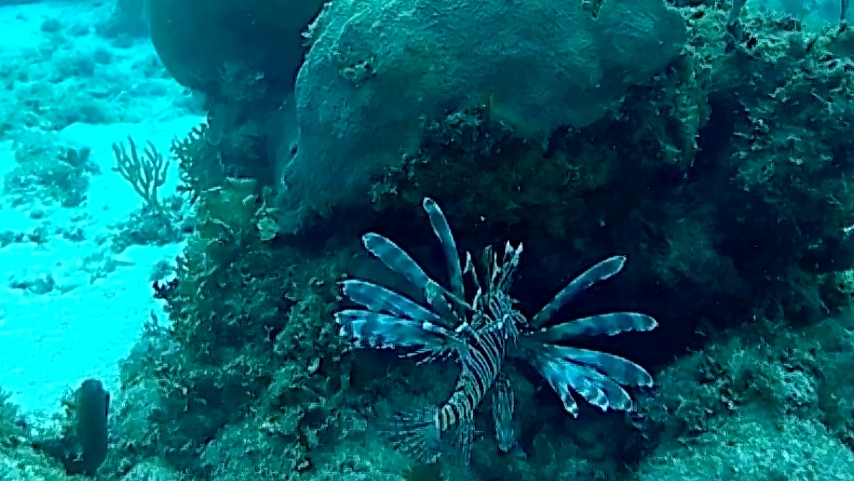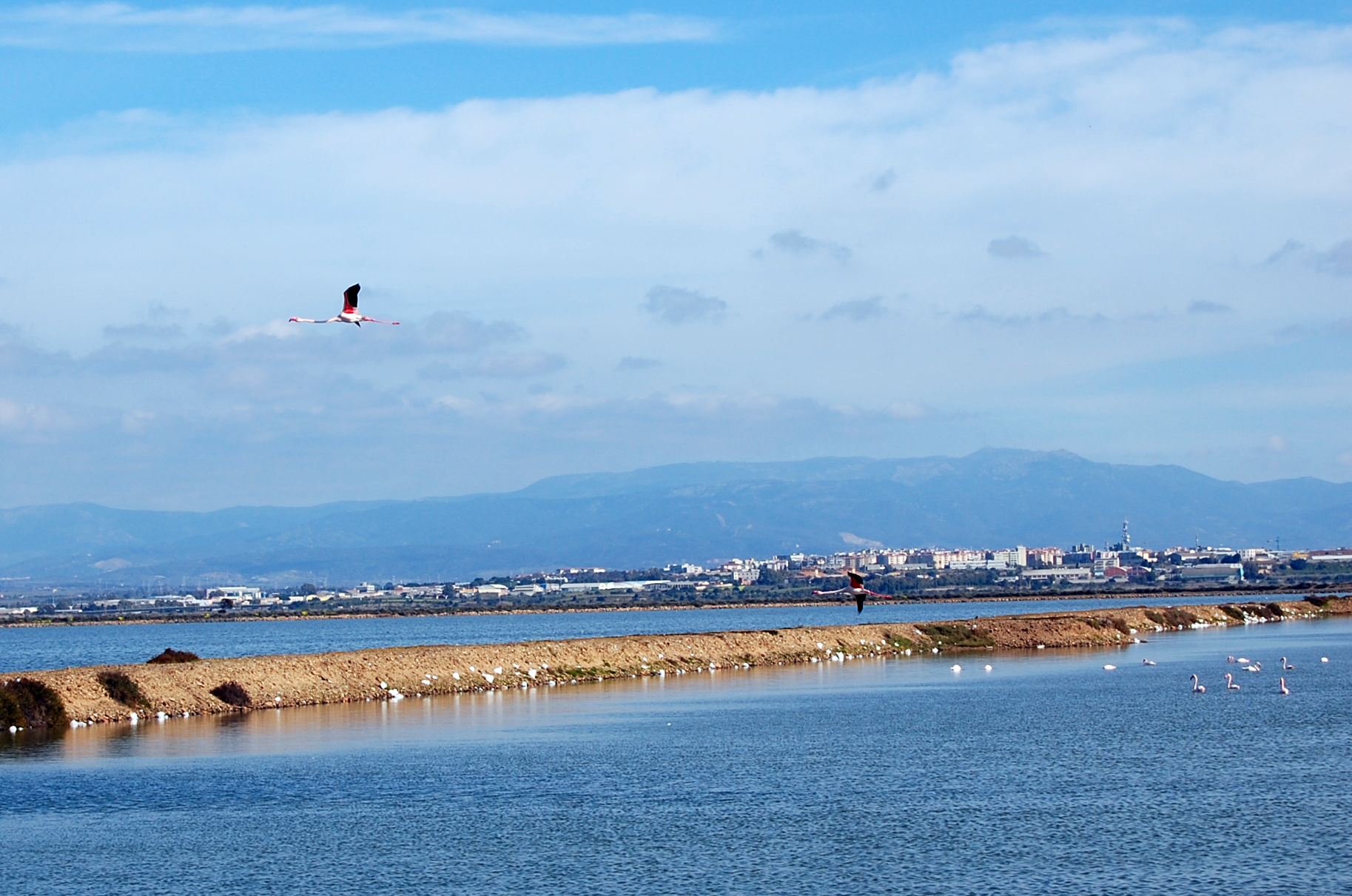Dash-and-dot goatfish in Mediterranean Sea
We met the Dash-and-dot goatfish Parupeneus barberinus in Mediterranean sea of Cyprus while snorkelling among the rocks of the island. We did not expect to have this meeting in the Mediterranean because it is a tropical fish present in all tropical seas and in particular in the Indian Ocean and the Pacific Ocean.












